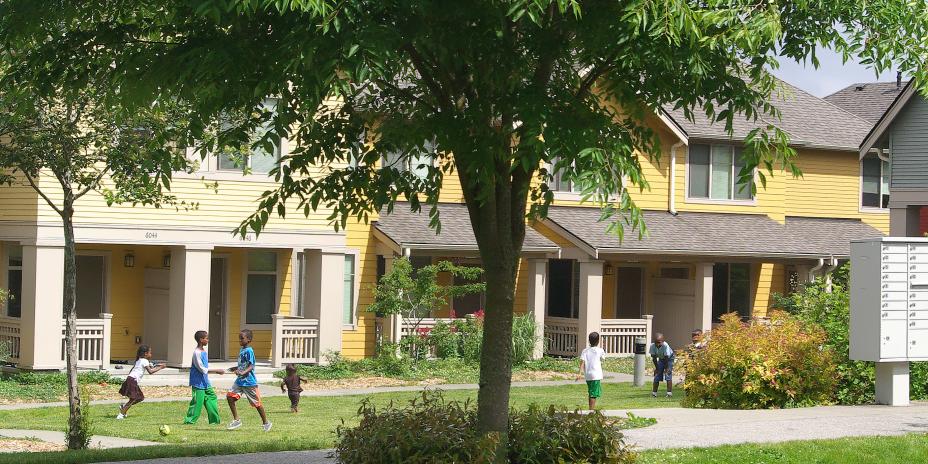Reasons go deeper than disparities in income.
Black homeownership is declining in the region, a trend that’s also happening at the national level.
But the decline is steeper here, going from 36% of households that owned their homes in 2000 to 30% today. Nationwide, the rate dropped from 46% in 2000 to 42%.
Lower Black homeownership rates in our region may be, in part, due to the extreme lack of affordability throughout the region. Disparities in household income—$57,300 for the typical (or median) Black household compared to $95,000 for white households—contribute to the racial gap in homeownership as well.
In central and southeast Seattle, where historic Black communities established in once segregated areas, Black homeownership has declined significantly as the areas change and become more expensive.
Even when incomes are similar, homeownership for Black households lags that of white households, suggesting that additional factors are at play.
Why homeownership matters
While renting a home is the desirable choice for many—and both renters and owners are essential to a healthy housing market—there is great value in removing barriers to homeownership.
Owning a home can serve to promote community investment and stability. Locking in a mortgage payment can provide financial stability compared to ever rising rents. With low interest rates and tax deductions, investing in a home can help families prepare for retirement and life changes.
And homeownership has long been an important way for families to accrue wealth for future generations.
For example, it can be hard to save for a down payment when rents are high, even for people at higher income levels. Families can leverage accumulated wealth to assist family members with down payments and other home buying costs.
A house is still out of reach for many Black residents
People of color have often been denied the opportunity to pass wealth on to the next generation due to historical legal barriers such as the Homestead Act, restrictive covenants, redlining and urban renewal. And this has only been compounded by contemporary challenges Black residents continue to face when purchasing a home (e.g., mortgage loan discrimination, home appraisal discrimination, single family zoning, etc.).
The racial disparity in homeownership is a key contributor to persistent wealth gaps between Black and white households.
Data from the Federal Reserve Board’s 2019 Survey of Consumer Finances shows that median net worth for Black households ($24,100) is nearly eight times lower than for white households ($189,100).
This wealth gap can further exacerbate intergenerational racial disparities in access to homeownership.
Closing the ownership gap
The Housing Development Consortium, a non-profit in King County, is leading a group of stakeholders to support the goal of 60,000 more successful Black homeowners by 2041. This would effectively double the current Black homeownership rate in the region and close the Black-white homeownership gap.
Four focus areas have emerged from this effort:
- Identifying and preparing buyers, as well as sustaining existing homeowners
- Construction finance, land assemblage, scaled production, and alternative methods of conveyance
- Underwriting, lending, down payment assistance, and debt remediation
- Policy reform
PSRC is working to support regional efforts to improve access to housing and housing affordability. Read more in PSRC’s Regional Housing Strategy.

